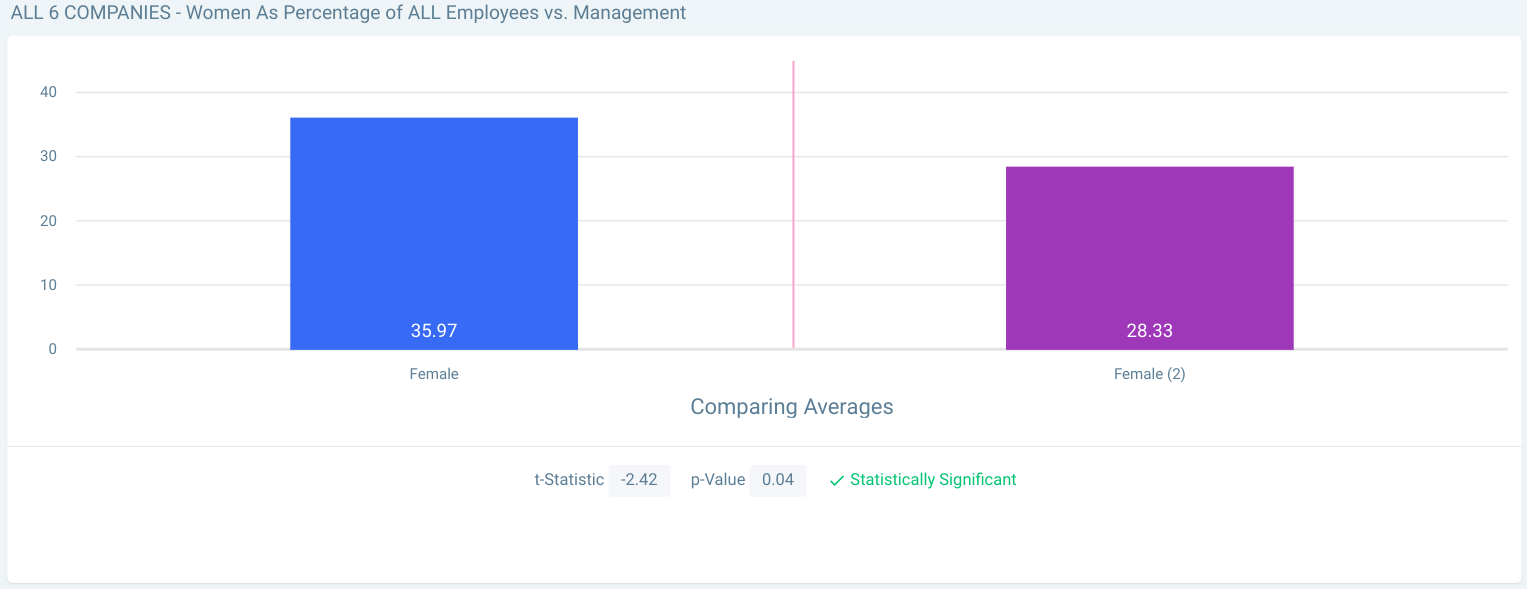Diversity in tech is a hot topic. Are companies doing enough? Are hiring processes equitable? The rapid evolution of technology, globalization, and demographics is democratizing the landscape for job-seekers, and modern movements are putting a spotlight on creating fair, equitable structures.
Why We Need Diversity
It’s well-known that diversity drives innovation. As Harvard Business Review reports, companies with greater diversity are thriving:
“Employees at these companies are 45% likelier to report that their firm’s market share grew over the previous year and 70% likelier to report that the firm captured a new market.”
HBR
In spite of these findings, big tech lacks the diversity it needs. Besides being a positive driver for the bottom line, diversity means creating solutions for everyone, rather than just the groups in charge.
Without diversity, we encounter “digital bias.” Consider the infamous example of Amazon’s AI-based recruiting platform having preferred resumes from men over women, or the even more appalling example of Google’s image recognition algorithm classifying black people as “gorillas,” going years without a fix.
To further foster diversity, we need tools to improve our understanding of it. I’ve written previously about individuals shaking up the technology scene, but we need to look at the data at large to get a solid understanding.
Fortunately, publicly-listed (big) tech companies present employment data about race and gender in their annual diversity disclosures. Analyzing this data, we can better grasp diversity in big tech.
The Insights
Apteo analyzed these diversity disclosures to come to a few informative conclusions.
Unfortunately, the data shows that Latinos and blacks are woefully underrepresented.

On the left, we can see the percentage breakdown of all employees across six big tech companies by race, while the right shows the percent breakdown of management across six big tech companies by race.
The underrepresentation of Latinos and blacks, of course, means the overrepresentation of other groups. The analysis shows that the median percentage of all employees who are white is 47% while the median percentage of management who is white is 63%.
The story continues, showing a prominent gender gap across big tech, where the median percentage of all employees who are women is 35%, but the median percentage of female management is just 28%.
Without getting too jargony, these differences are “statistically significant,” with a p-value of less than 0.05. In other words, these differences aren’t a fluke.

What We Can Do About It
Armed with the knowledge of why diversity is important, as well as the current state of diversity in tech, we’re better equipped to improve the situation.
As Kristina Proffitt writes in a Thrive Global article on improving diversity, many smaller solutions can come together to improve matters, including writing non-gendered job descriptions, using non-gendered resume filtering systems, improving employee feedback methods, and more.


